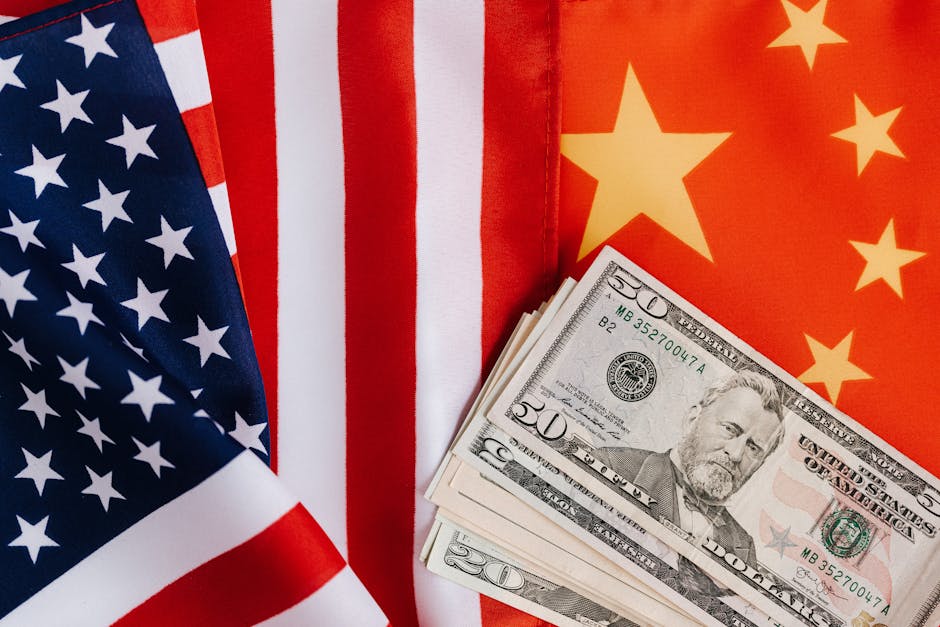South Korea’s Trade War Struggle: Between Two Superpowers
As the U.S.-China trade conflict escalates, South Korea is caught in the middle, facing economic instability and geopolitical friction. A global leader in semiconductors, cars, and electronics, Seoul is under pressure as its top trading partners battle for dominance. With falling exports and fractured supply chains, South Korea must carefully navigate its alliances with both Washington and Beijing.
The Economic Squeeze on South Korea
Trade drives nearly 40% of South Korea’s GDP, with China as its biggest partner and the U.S. as a vital ally. However, U.S. semiconductor export controls—designed to limit China’s tech growth—have placed Samsung and SK Hynix in a tough spot. These firms operate major factories in China but face disruption due to U.S. restrictions.
In 2022, the Biden administration banned advanced chip sales to China, affecting South Korea’s $99 billion semiconductor industry. While temporary waivers were granted, uncertainty remains. Meanwhile, China’s export curbs on gallium and germanium—key chipmaking materials—add another layer of complexity. With both superpowers using trade as a weapon, South Korea’s economy is under strain.
Walking a Diplomatic Tightrope
President Yoon Suk Yeol has strengthened U.S. ties, joining the “Chip 4” alliance—a move seen as anti-China. Beijing, which buys 25% of South Korea’s exports, has a history of economic retaliation, like the 2017 THAAD dispute that hurt Korean businesses.
Yet, Seoul can’t distance itself from Washington, which provides security against North Korea. The Yoon government is trying to balance relations: reinforcing U.S. alliances while cautiously engaging China to avoid backlash.
Domestic Impact: Falling Exports and Struggling SMEs
South Korea’s exports have dropped for 11 straight months (as of August 2023), with semiconductor sales down 34.2%. Weak demand from China has hit automakers and electronics firms, raising recession fears.
Small businesses reliant on China are especially vulnerable. Many are pivoting to Southeast Asia and India, but shifting supply chains is a slow, costly process.
What’s Next for South Korea?
As U.S.-China tensions grow, South Korea must boost self-reliance in critical tech and diversify trade partnerships. Some experts urge a stronger role in global trade talks to avoid forced alignment.
But in a divided world, Seoul’s options are limited. For now, South Korea—like other trade-dependent nations—must prepare for more turbulence as superpowers clash.
— NextMinuteNews




